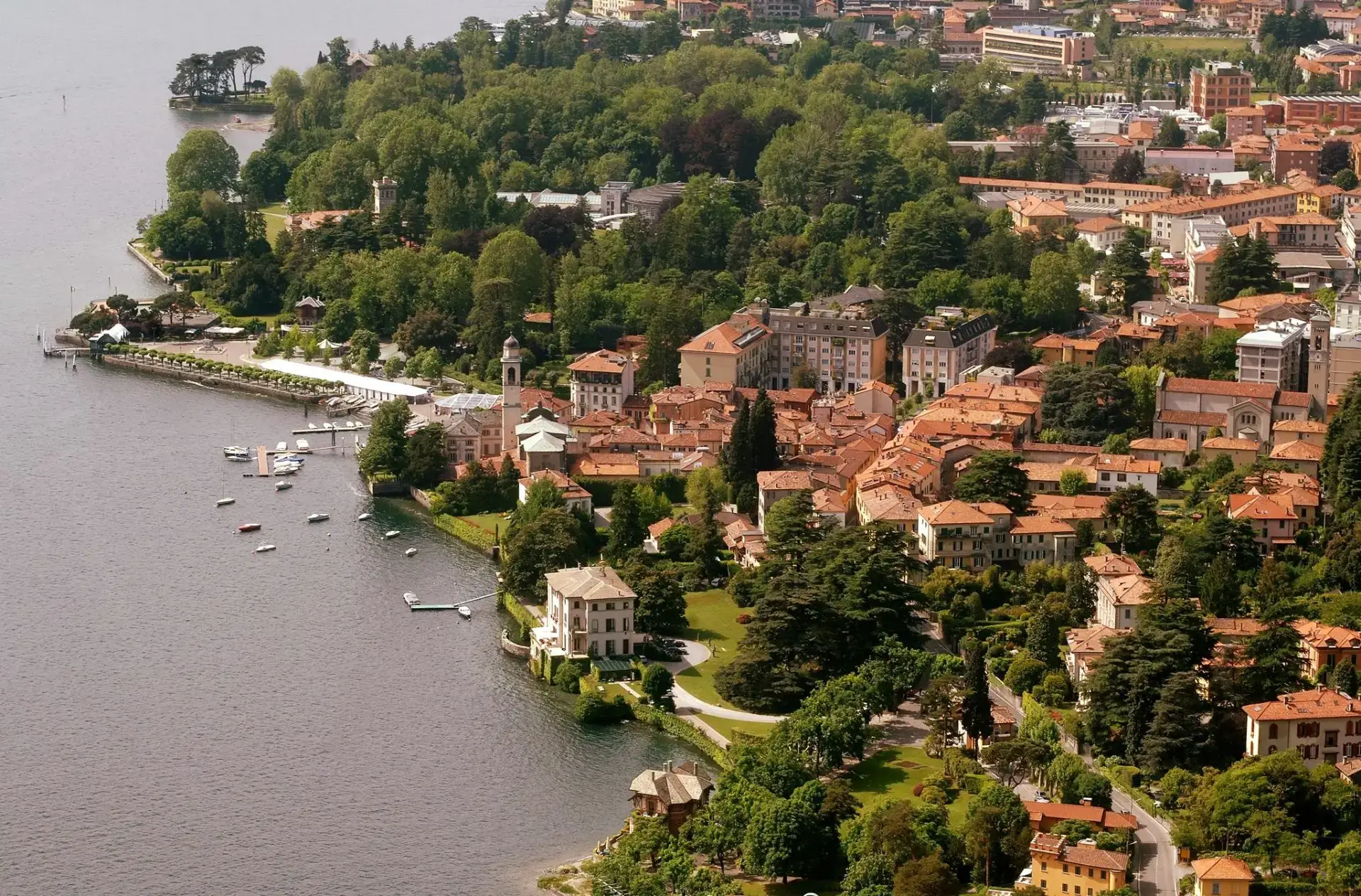
Cernobbio: A journey through rural civilization and folklore

Some ideas to discover the most ancient areas of Cernobbio, Piazza Santo Stefano and Rovenna, until reaching the slopes of the Prealps. Here are some points of interest, including testimonies of work, daily life, the Faith of those who once lived at the foot of Mount Bisbino.
Points of interest
- Monument to the Fallen of Piazza Santo Stefano: wanted by the ancient Municipality of Piazza Santo Stefano, it was inaugurated in 1928 in memory of the fallen during the World War.
- Oratory of Asnigo: dedicated to St. Anne, this small Oratory dating back to the 13th century, is a charming and intimate place of worship, located in a panoramic viewpoint.
© Photo by Carlo Pozzoni - San Nicola di Casnedo: dating back to the 18th century, it is dedicated to St. Nicholas because once the citizens went for religious services in an ancient chapel dedicated to this saint, located in the monastery of Cernobbio which was located in the current complex of Villa Erba.
© Photo by Carlo Pozzoni - Former mill and rural house: this building, now renovated, was once a very characteristic rural building, used as a mill and surrounded by terraces bordered by dry stone walls.
- Blessed Virgin of Graces in Toldino: the small Church has its origins in the 16th century and the tradition says that, in 1961, a violent storm struck Rovenna; the citizens asked for help to Our Lady of Toldino, who granted the grace.
- San Michele (Rovenna): of medieval origins, the church was rebuilt in the second half of 1600. Interesting is the wooden door that, according to tradition, was transported from Como by fourteen oxen.
© Photo by Carlo Pozzoni
© Photo by Carlo Pozzoni - Monument to the Fallen of Rovenna: sculpture by Salvino Marsura dedicated to the Alpine grop, it was donated in 1975 to the Alpine of Bisbino of Rovenna because Paolo Migliavada, the person who commissioned it, loved to stay in this area.
- The area of Madrona: halfway between Cernobbio and the Bisbino peak, this village, once a summer pasture, enjoys a beautiful view of the lake.
- Beata Vergine del Bisbino: destination of many pilgrims, the Sanctuary hosts two icons, one in marble and one in wood; originally from the 16th century, it was built where once there was only a small hospice for wayfarers.
© Photo by Carlo Pozzoni - The trenches and the farmers’ museum: along the Italian-Swiss border, there are still some remains of the First World War; these fortifications were used to prevent the Austrian-German troops from invading the country and reaching the main cities in a short time.
Public Transport
- By car
From Milan: motorway Milano – Laghi A9, direction Como – Chiasso. Exit: “Lago di Como” (the last one in Italy before arriving in Switzerland)
From Switzerland: motorway A2 direction Como – Milano. Exit “Lago di Como” - By train
You can reach Como from Milan or Switzerland (Ferrovie Nord, Ferrovie dello Stato, Tilo) and then go to Cernobbio by bus or boat - By bus
From Como or the Upper Lake (Asf), bus line ASF C10 (Como – Menaggio – Colico). Departures approximately every hour.
From Cernobbio to Rovenna: bus C28 - By boat
From Como or the Upper Lake via Navigazione Lago di Como. Stop “Cernobbio”.
Car Directions and Parking
It is advisable to park at the Villa Erba parking lot to reach the city center. At the Monte Bisbino (Sanctuary area) there is a parking lot. Other parking areas, mainly for a fee, are available near the center and the other hamlets.